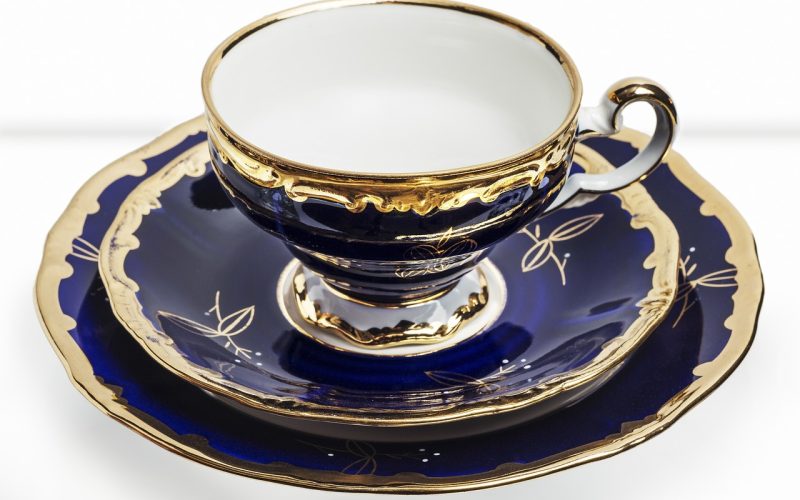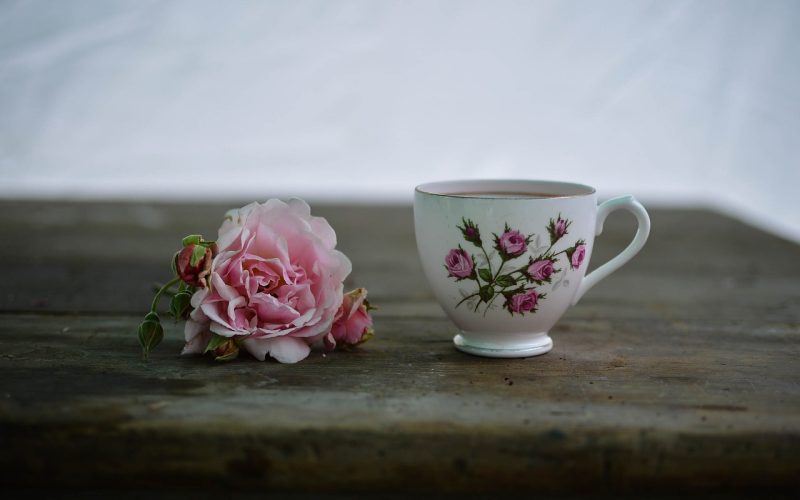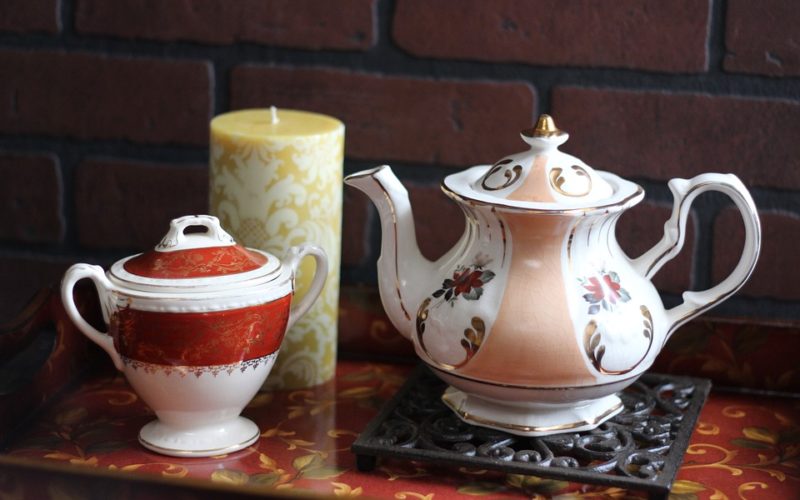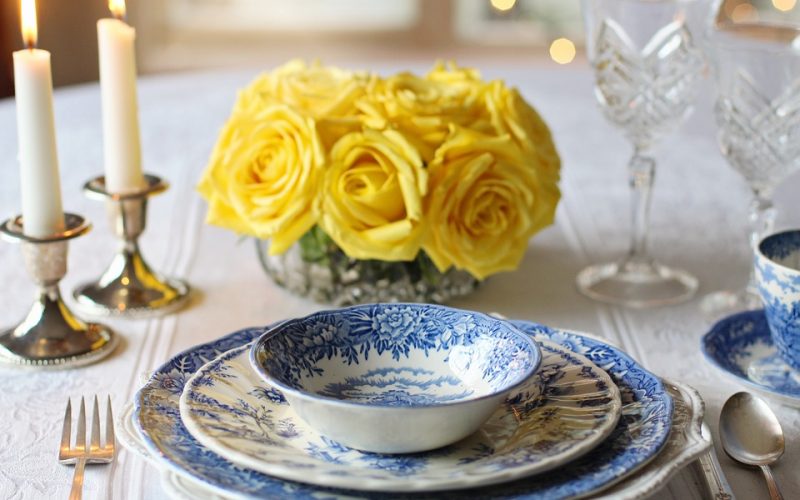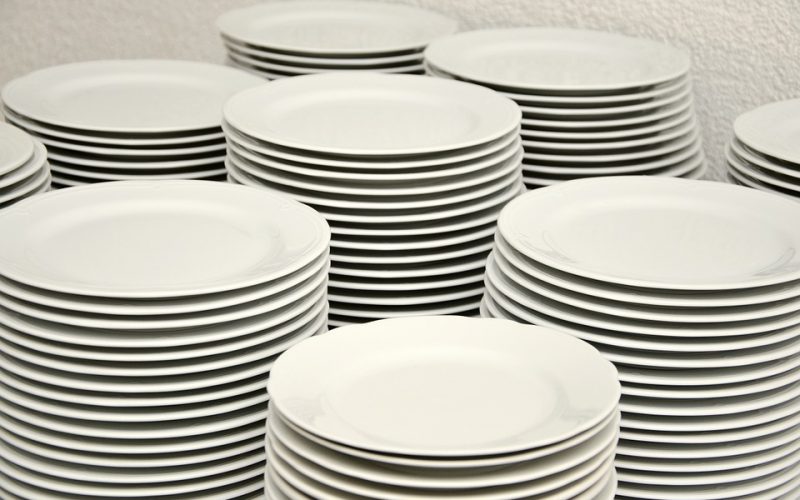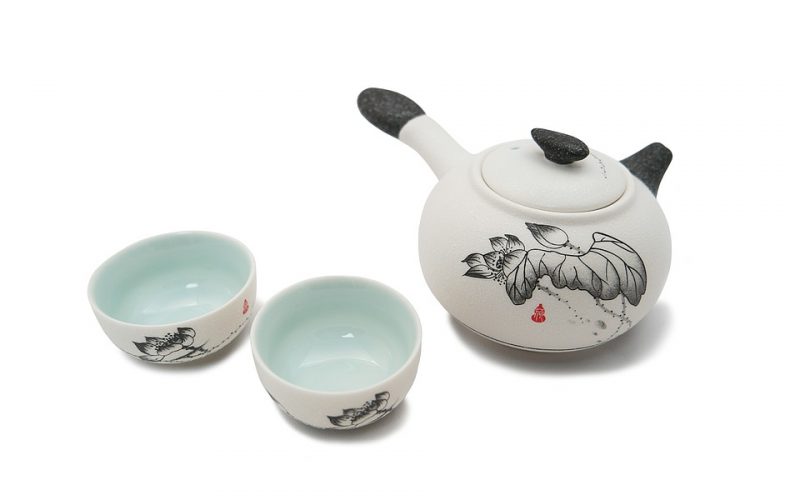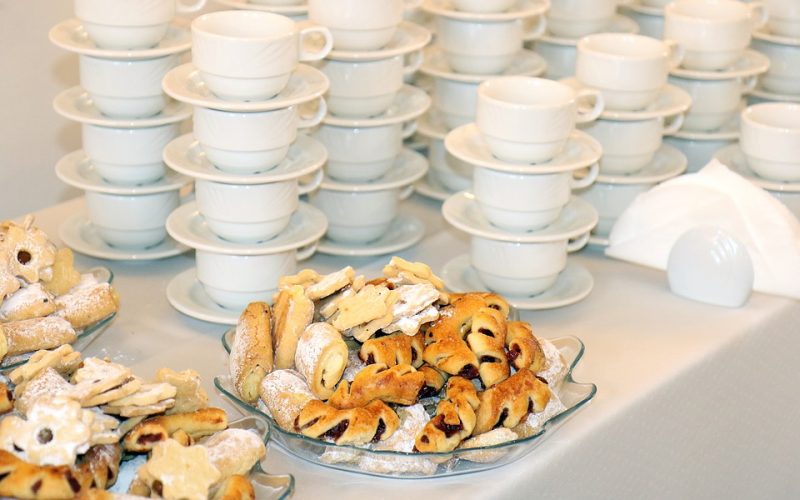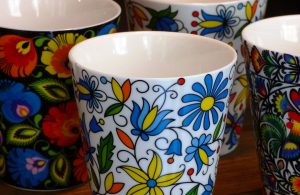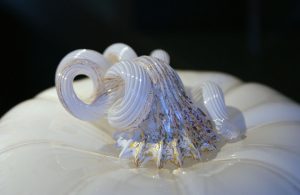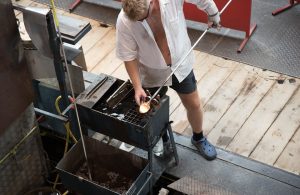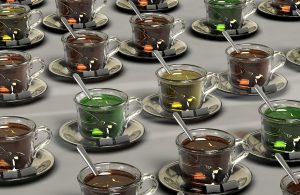Fine bone china, known for its delicate translucency and strength, owes much of its quality to silica clay. Often overlooked, silica clay plays an integral role in shaping the durable and appealing characteristics of this luxury ceramic material.
The importance of silica clay in fine bone china
Silica clay, derived from silica sand, serves as one of the essential ingredients in fine bone china. It is combined with bone ash and other materials to create the distinctive body of the product. The high silica content provides much-needed hardness and heat resistance, making fine bone china both durable and functional for everyday use.
Silica helps reduce shrinkage during the firing process by improving the structural strength of the ceramic body. This ensures that the final product holds its shape while achieving its signature translucent quality. Without silica clay, fine bone china would lack the balance of durability and delicacy for which it is celebrated.
How silica clay boosts workability
Silica clay’s fine texture enhances the workability of the clay mixture, which is critical when crafting intricate bone china products. When mixed with water, silica improves the plasticity of the material, which allows for greater freedom in forming detailed designs. Artists and manufacturers alike find silica-influenced clay easier to manipulate, enabling the production of ornate shapes and patterns that elevate the aesthetic value of fine bone china.
The same properties that enhance shaping also ensure precision during mass production. Consistency in design and structure is essential for meeting the high standards expected in fine bone china production, and silica clay serves as an enabler of this precision.
Decoration methods for fine bone china
After the clay has been shaped and fired, fine bone china undergoes decoration to achieve its final, exquisite appearance. Two of the most commonly used decoration methods are ceramic decals and ceramic transfers. These techniques allow artists and manufacturers to apply intricate designs with accuracy and consistency, creating visually stunning pieces.
Ceramic decals, printed using specialised inks that contain pigments resistant to high firing temperatures, are applied to the surface of bone china and fired to set the design permanently. Similarly, ceramic transfers, also known as transfer printing, involve transferring pre-made designs onto the ceramic surface. Both methods work seamlessly with the smooth, refined surface created by silica clay in the production process.
Silica’s compatibility with decoration techniques
Silica clay plays a vital role in preparing the surface of fine bone china for decoration. Its presence in the clay formulation contributes to a flawless surface finish, reducing imperfections and creating a smooth canvas ideal for applying designs. This smoothness enhances the adhesion of ceramic decals and transfers, ensuring that the final product displays vibrant colours and intricate patterns.
This compatibility also supports the high firing temperatures needed to set ceramic decals permanently. The silica content ensures that the material withstands firing without cracking or distorting, preserving the integrity of the artistic designs.
Environmental considerations and sustainability
The use of silica sand for producing silica clay raises important questions about sustainability. While silica is an abundant material on Earth, responsible sourcing and extraction are key to minimising the environmental impact of production processes. Manufacturers are increasingly turning to sustainable practices, such as recycling waste materials, to meet environmental standards in fine bone china production.
By adopting cleaner production technologies and reusing waste materials, the industry aims to strike a balance between environmental responsibility and maintaining the quality of fine bone china products.
The enduring value of silica clay
Silica clay is undoubtedly a cornerstone material in fine bone china production, from enhancing workability to supporting beautiful decoration methods like ceramic decals and transfers. Its properties contribute to the durability, artistry, and versatility of these luxurious items, making it indispensable to the ceramics industry.
Whether it’s a collector’s piece or an heirloom tea set, the enduring quality of fine bone china would not be achievable without silica clay. Its role extends beyond a functional ingredient to a material that shapes the beauty and heritage of ceramic artistry. Understanding its importance allows us to better appreciate the craftsmanship behind every piece of fine bone china.
